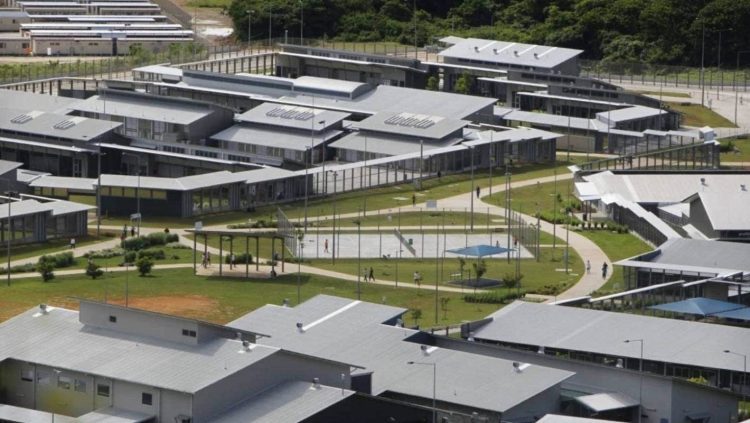Những người tị nạn đầu tiên đã đến New Zealand sau khi trải qua nhiều năm trong các trại giam ở ngoài khơi nước Úc.
Nhóm sáu người tị nạn đã đáp xuống Auckland vào thứ Ba.
Một người phát ngôn của Bộ trưởng Di trú Michael Wood nói với Stuff News rằng Chính phủ Úc và New Zealand đang tiếp tục hợp tác với nhau “để tái định cư 150 người tị nạn hàng năm từ đoàn xử lý khu vực hiện tại của Úc”.
Vào tháng 3, một thỏa thuận được thực hiện giữa hai nước để tái định cư 150 người tị nạn mỗi năm từ Úc trong 10 năm tiếp theo.
Mustafa Derbashi của Ủy thác Hỗ trợ Người tìm kiếm Tị nạn cho biết sự xuất hiện này là “tin tức rất thú vị đối với chúng tôi và cho người tị nạn nói chung”.
“Chúng tôi muốn họ có một trải nghiệm tốt như một phần của gia đình để tìm một không gian an toàn tuyệt vời.”
Derbashi cho biết có rất nhiều người khác đang chờ đợi một cơ hội tương tự để được “đối xử như con người”.
Năm 2013, Úc thông báo rằng không có người xin tị nạn nào đến bằng thuyền có thể định cư tại nước này. Nhiều người trong số những người đến Úc đang chạy trốn khỏi cuộc đàn áp hoặc bạo lực.
New Zealand đã đưa ra một đề nghị vào năm 2013 để đón một số người tị nạn. Thủ tướng Úc quá khứ Scott Morrison đã nói vào năm 2018 rằng người tị nạn có thể sử dụng New Zealand như một “cửa sau” vào Úc. Tuy nhiên, lời đề nghị đã được chấp nhận vào tháng 3 năm nay.
Nhà báo và người bảo vệ nhân quyền Behrouz Boochani, người đã bị Úc giam giữ trên đảo Manus trong sáu năm sau khi chạy trốn khỏi cuộc đàn áp ở Iran, cho biết thỏa thuận này là một thành tựu quốc tế đối với New Zealand.
“Những người tị nạn này đã sống trong tình trạng bấp bênh, trong điều kiện rất khắc nghiệt, hoàn cảnh rất khó khăn trong nhiều năm,” ông nói.



























































